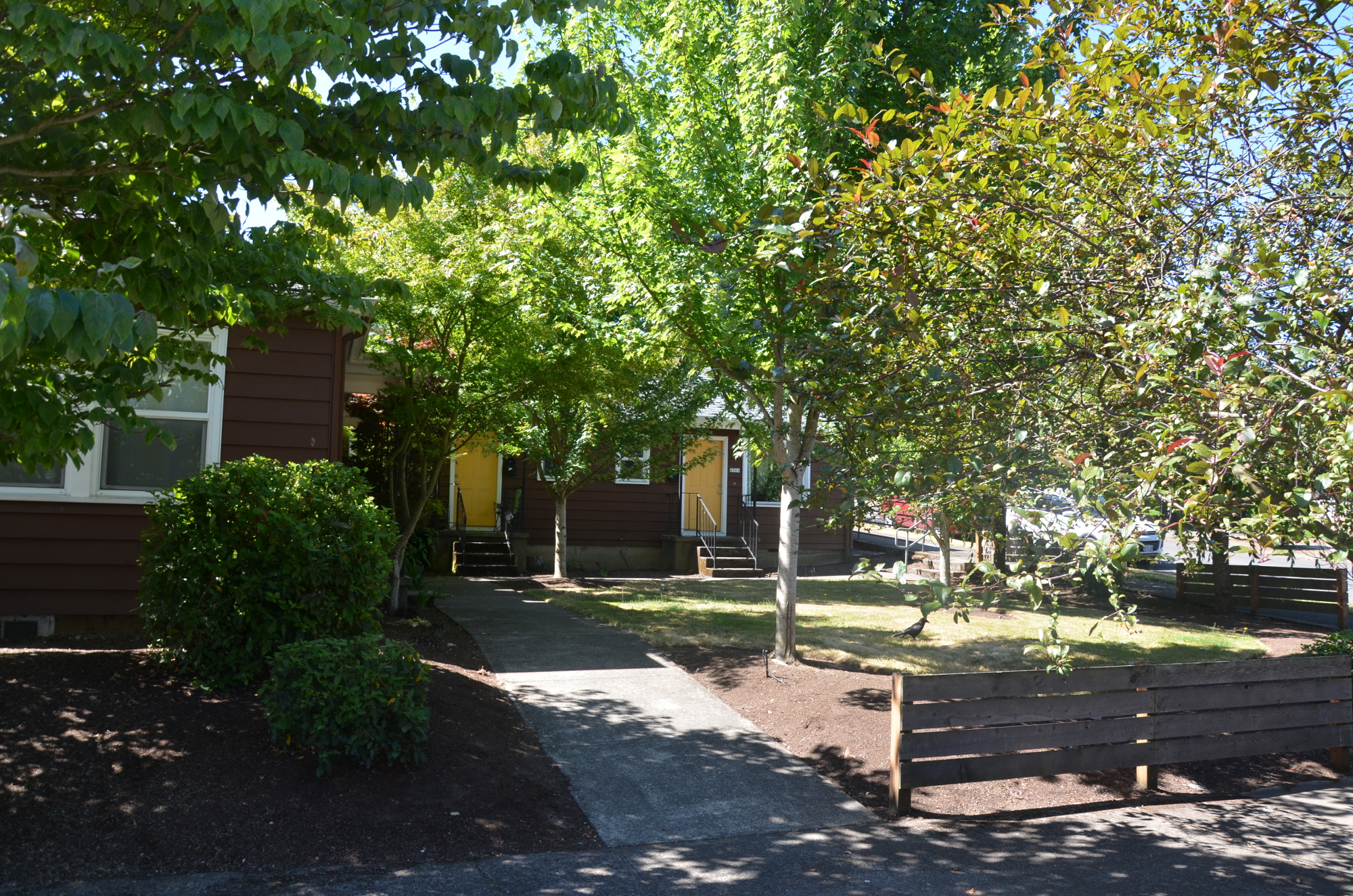The bill adds up to a common-sense approach to helping more Oregonians live their American dreams.
Duplexes, triplexes and quads were legal and common, across Oregon and elsewhere, until cities started banning them from most residential land in the mid-1900s.
These neighborhood-specific bans on mid-size homes have worsened Oregon’s long-term shortage of workforce housing, driving up home costs and forcing many families to choose between two extremes: a detached home with a lawn—which often has to be far from work and amenities in order to find cheap land—or a small apartment in a commercial area.
READ MORE: 19 Questions That 2019 Will Answer about Cascadian Housing Reform
Oregon began the process of reversing these bans in 1973. Senate Bill 100, which created Oregon’s land-use boundaries, also required cities to allow more attached housing.
But simply allowing apartments in commercial areas doesn’t serve many Oregon households. And it doesn’t actually create mixed-income neighborhoods.
“Working families are just struggling to find an affordable place to live,” said Shannon Vilhauer, executive director of Habitat for Humanity of Oregon, referring to the statewide housing situation, especially outside the Portland metro area. “Very few new units are being built overall. Typically the ones being built have a huge square footage.”
“I’m a real estate broker, have been for 20 years,” said Tom Anderson, a city council member in Tigard who last November backed a local reform that essentially legalizes duplexes and corner-lot quads citywide. “Who’s the missing middle? It’s your teacher at your kids’ grade school who can’t afford a house in Bull Mountain. Or firefighters or cops who have been on the job for 10 years and just got married.”
All this is why the speaker of Oregon’s House of Representatives, Tina Kotek, has proposed a logical next step: removing local bans on duplexes, triplexes and quads, while letting local governments continue to make decisions about the size and design of buildings in low-density zones.
READ MORE: Proposed bill would rein in potential lawsuits and bring more home ownership options to Washington
The text of Kotek’s bill, H.B. 2001, went public Wednesday night, along with other bills proposed for this year’s legislative session.
Here are the highlights:
- It defines “middle housing” as a duplex, triplex, quad or cottage cluster.
- It requires all Oregon cities with populations over 10,000, and counties with populations over 15,000, to allow these options somewhere in all their low-density urban zones, but gives them the power to set “reasonable” local rules. (For example, a city could say that a new duplex must have the same maximum size as a one-unit building.)
- It doesn’t require quads or triplexes to be legal on every lot. For example, a city might say quads are only allowed on corner lots, or only on lots of at least 10,000 square feet. It does, however, require that every residential lot allow at least a duplex or cottage cluster, and it requires that every option be legal on at least some lots within a given zone.
- It gives local governments state money to do the necessary planning, and also directs the state to write a model code that automatically takes effect if cities can’t come up with a local alternative by the end of 2020.
- It strikes down local laws that block tenants from living in either the main or accessory homes if there is an accessory home on site.
- It removes parking quotas for accessory homes statewide (while continuing to allow on-site parking if people want it).
- It reduces interest payments to banks and investors by requiring cities to collect impact fees on middle housing only when a building actually becomes habitable, rather than before construction begins.
There’s a lot here, but it adds up to a common-sense approach to helping more Oregonians live their American dreams. It lowers the bar to homeownership, it makes neighborhoods more renter-friendly, it gives more Oregonians the ability to prioritize the location of their home over its size, and it chips away at the invisible walls that separate our communities by wealth and income.
There’ll be plenty of debate about this bill; neither Anderson or Vilhauer, speaking earlier this week, were willing to endorse it sight unseen. But now that we’ve seen the text, most Oregonians should find a lot to cheer for.


Comments are closed.